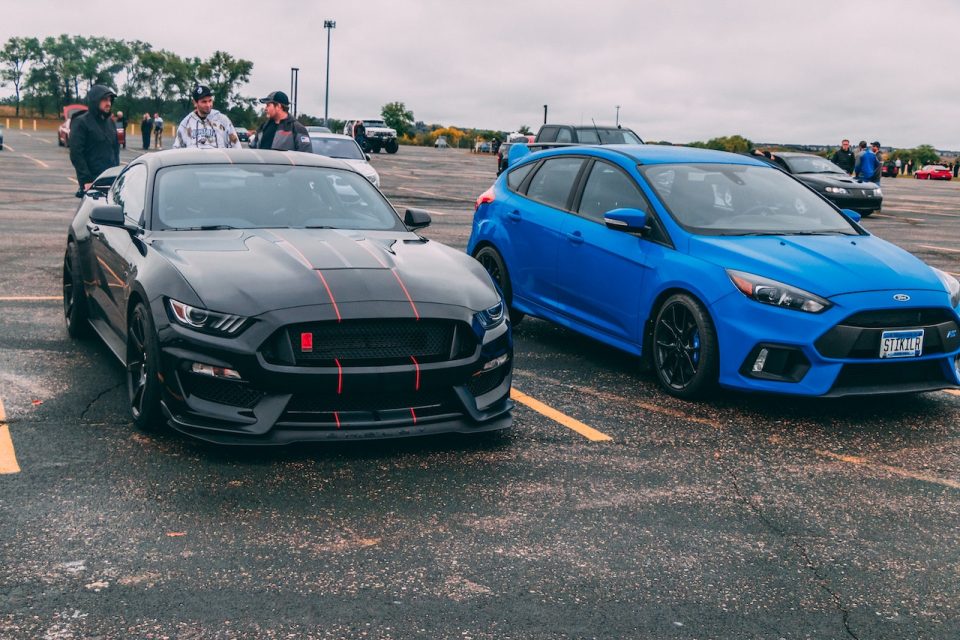The latest government inflation data released on Wednesday morning indicates a continued moderation in both new and used car prices, potentially providing Americans with increased flexibility in their car-buying decisions. However, an impending auto strike threatens to impact these prospects.
Consumer prices for new automobiles in August rose by a marginal 0.3% compared to July, with a year-over-year increase of 2.9%. Notably, this annual figure represents a considerable decline from the preceding month’s 3.5%. In contrast, the used car market experienced a more significant decline, with prices dropping by 1.2% in August and a notable 6.6% decrease year over year. This year-over-year reduction represents a full percentage point drop compared to July.
Interestingly, car prices, particularly for used vehicles, are showing a faster descent compared to inflation in the broader economy. Overall prices saw a 0.6% month-over-month increase and a 3.7% annual rise, driven primarily by the recent surge in energy costs.
The trends in the wholesale auction market, which often foreshadow retail trends, also reflect this moderation. Manheim’s Used Vehicle Value Index, tracking auction prices, reported a 0.2% rise in August, juxtaposed with a significant 7.7% year-over-year decrease. August marked the 13th consecutive month of decline compared to the previous year, though the decline was steeper in July.
Despite these trends, experts at Cox Automotive, parent company of Manheim, anticipate that prices may stabilize. Analyst Chris Frey explained, “Used market conditions have been quite consistent for a few months and are not likely to change much, even with the larger push toward balance; sales are slightly stronger than expected, inventory remains tight, and prices are holding at levels around 6% below last year at the same time.”
In the realm of new vehicles, rising interest rates present a concern for consumers. Edmunds, an automotive research site, reported that new-vehicle interest rates have reached 7.4%, the highest since 2008. Additionally, the average monthly loan payment for new vehicles has surged to an unprecedented $738.
Furthermore, a potential strike by the United Auto Workers (UAW) against the major automakers Ford, GM, and Stellantis, looming as early as Thursday night, could exert further upward pressure on new car prices and potentially elevate used car prices. Currently, new car inventory has rebounded from pandemic and supply-chain induced shortages, with some models boasting over 90 days of supply at dealer lots. A work stoppage would deplete new car inventory, leading to shortages at Big Three dealers and possibly driving up demand for non-Big Three automakers’ products, thereby shrinking their supply.
In summation, current data points to the potential for moderate price increases in the automotive market. Used cars may experience a more pronounced decline if the anticipated auto strike materializes. The situation underscores the delicate balance between market forces and potential disruptions in the automotive industry.
Source: Yahoo Finance

